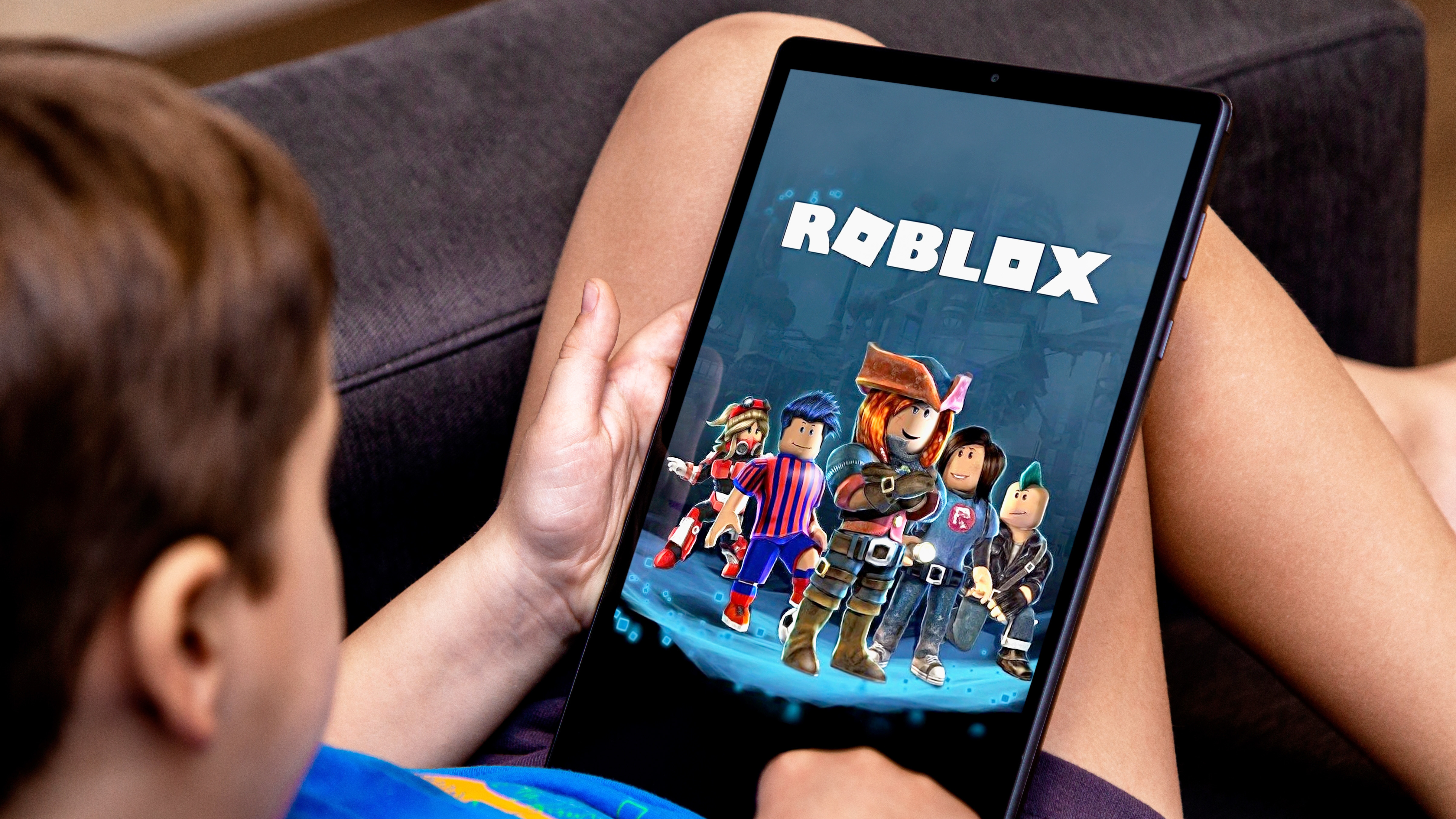Online Security
Latest about Online Security
-
-
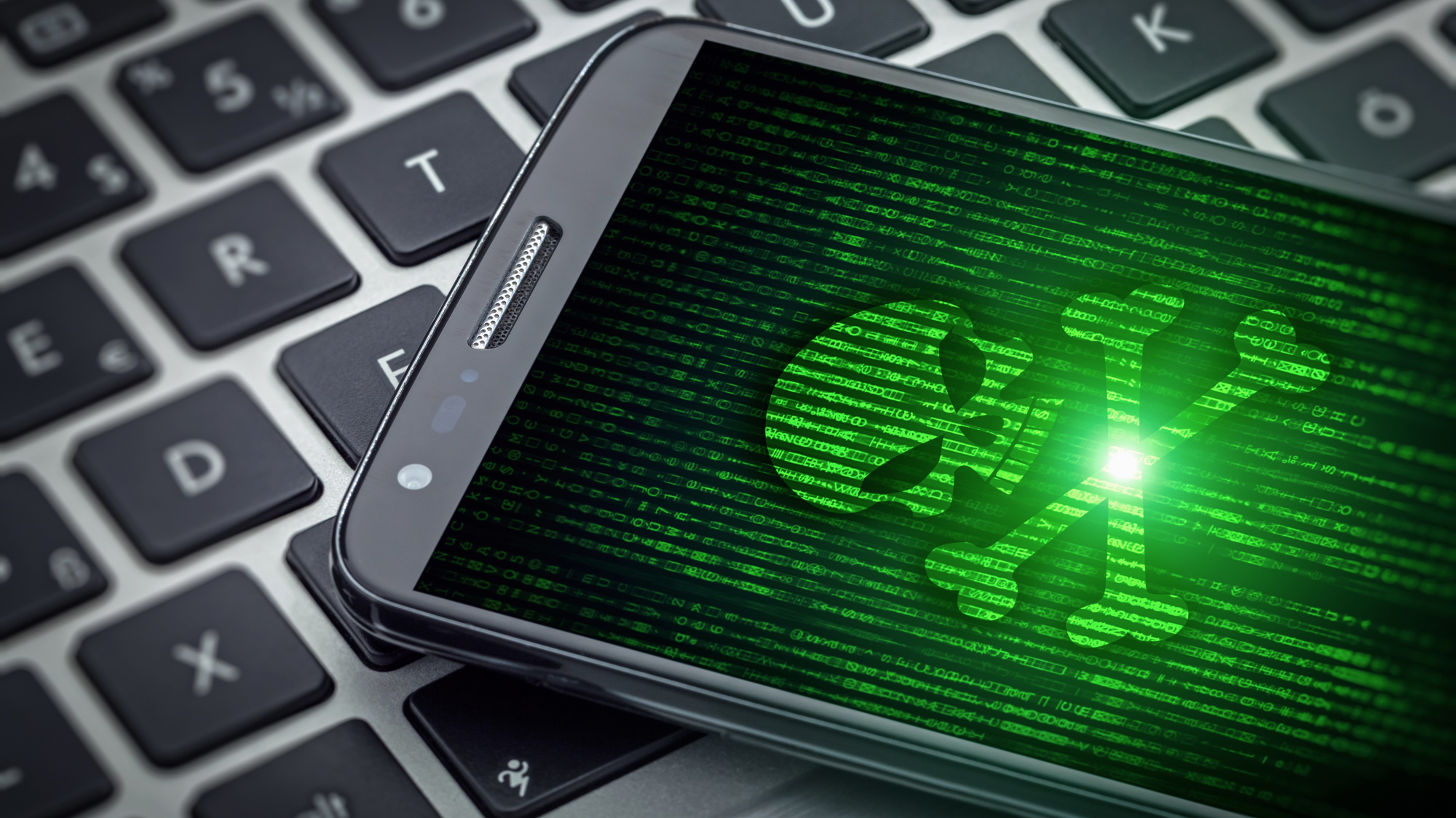
This new Android banking trojan can automatically transfer money off your phone to hackers
By Anthony Spadafora Last updated
-
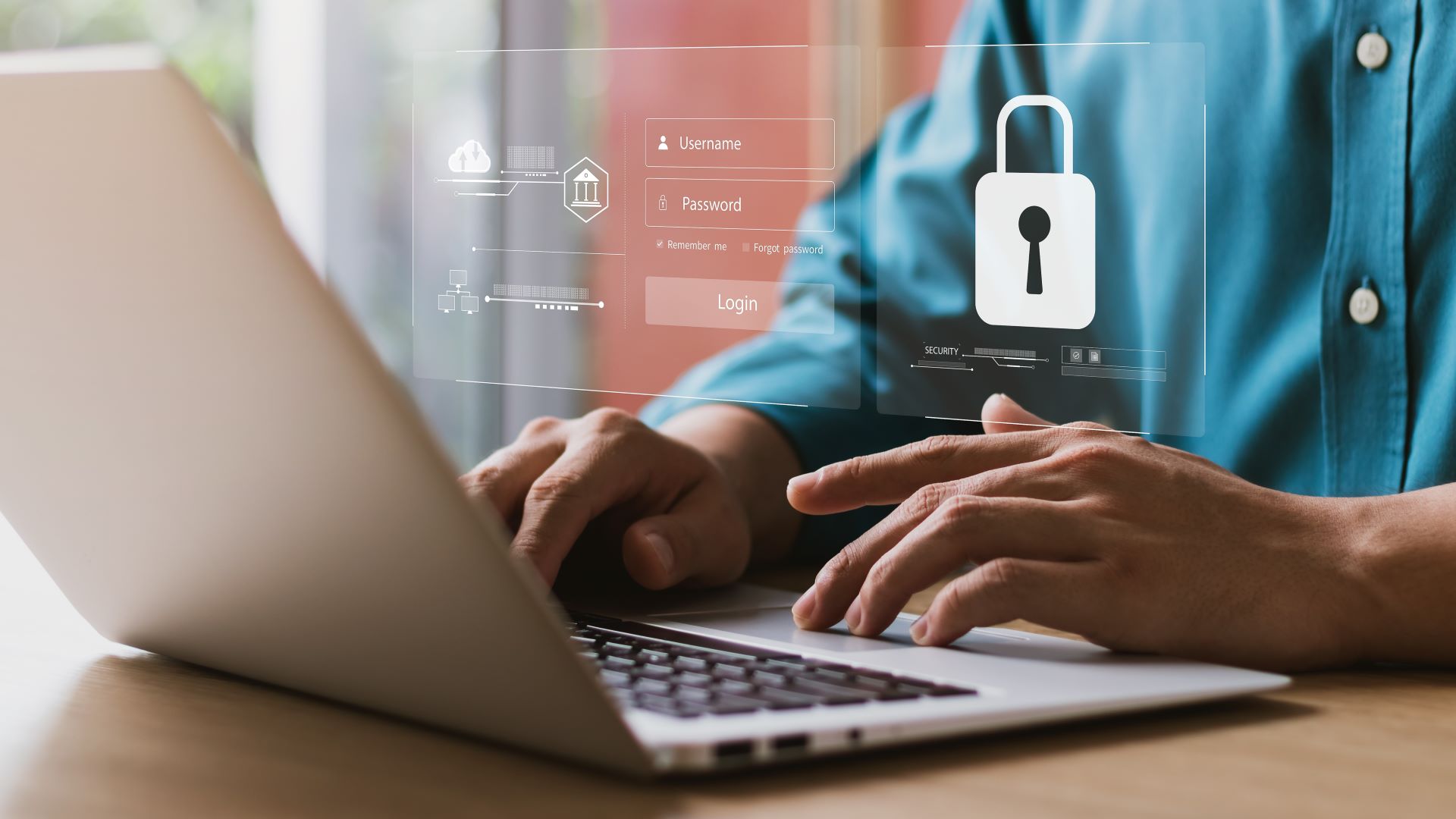
The best password managers in 2025
By Anthony Spadafora Last updated
-
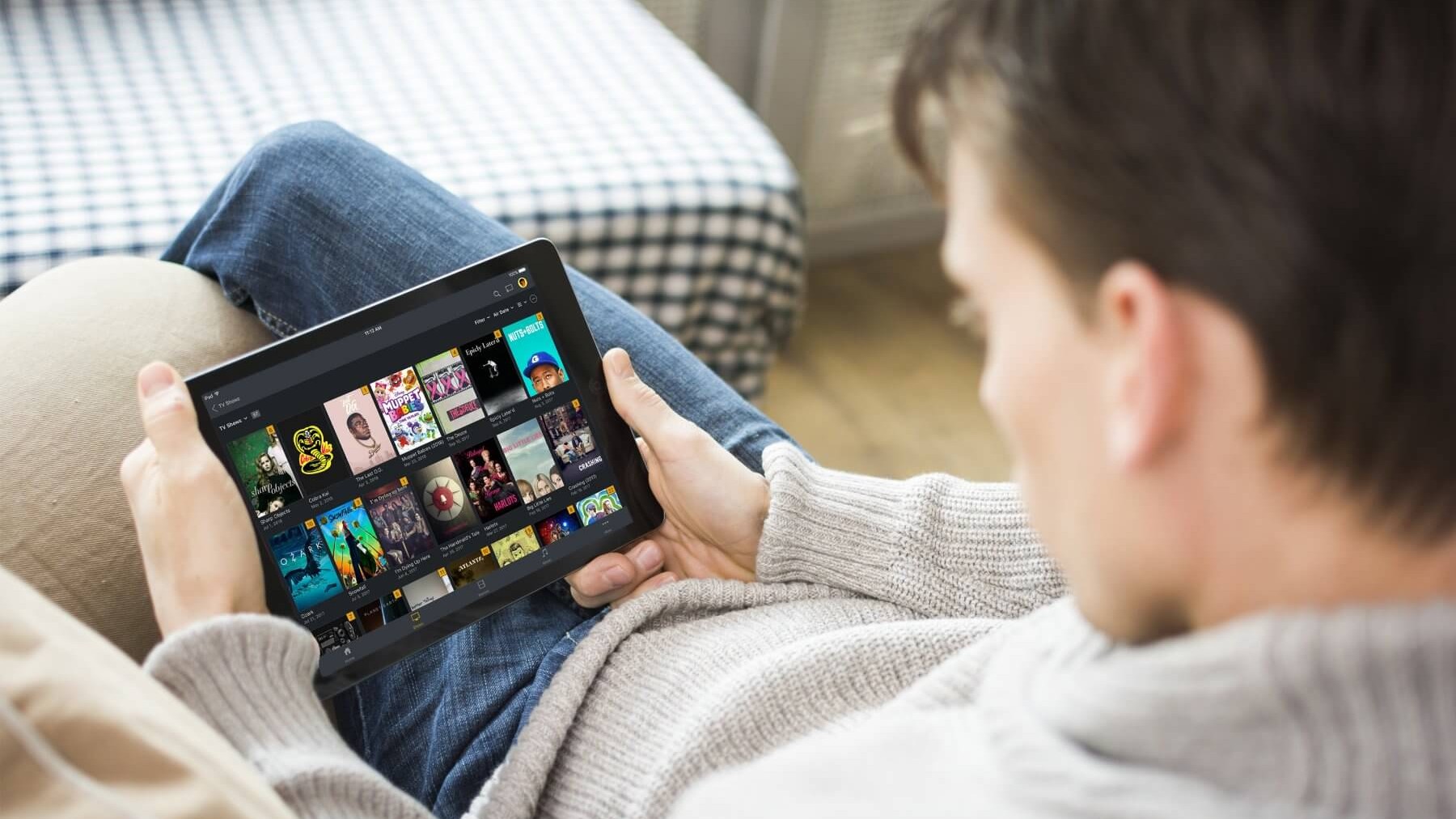
Plex users need to change their passwords — there’s been another breach
By Amber Bouman Published
-
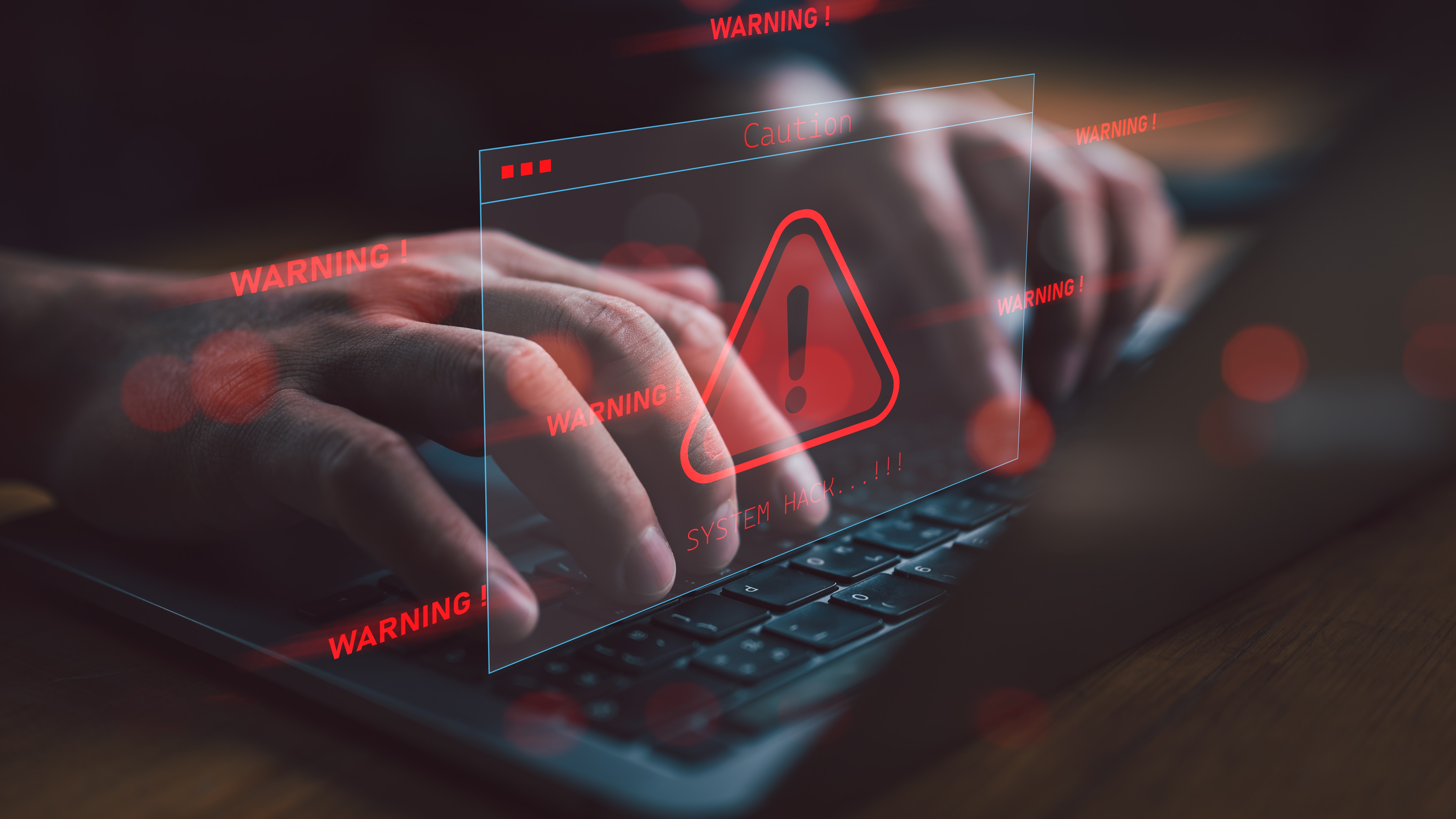
Macs under attack from ‘cracked’ apps spreading dangerous info-stealing malware — don’t fall for this
By Anthony Spadafora Last updated
-
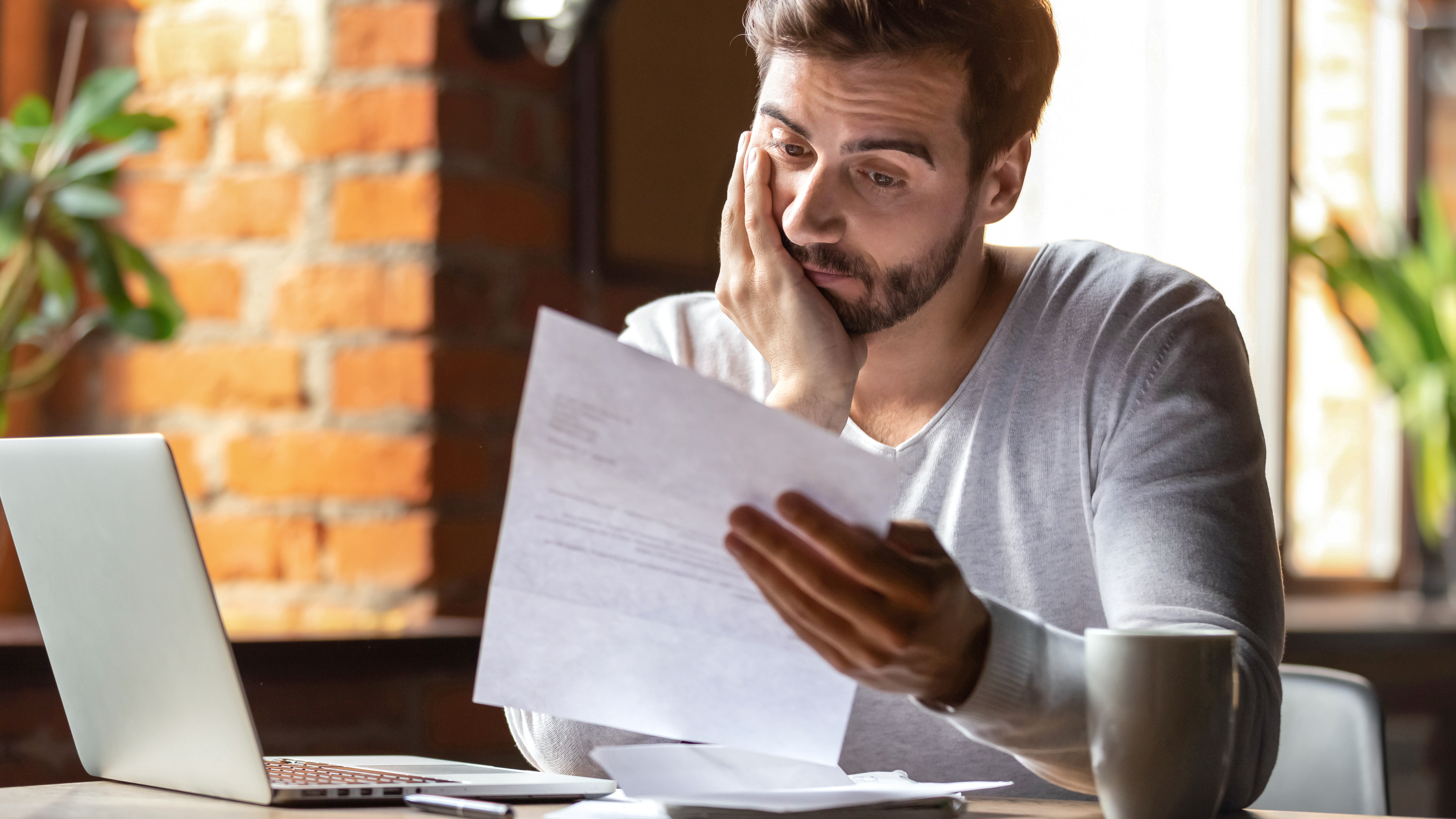
7 steps to stay safe after receiving a data breach notification letter
By Amber Bouman Published
-

These iCloud Calendar invites look legitimate but are tricky phishing attacks — here’s how to tell
By Amber Bouman Published
-
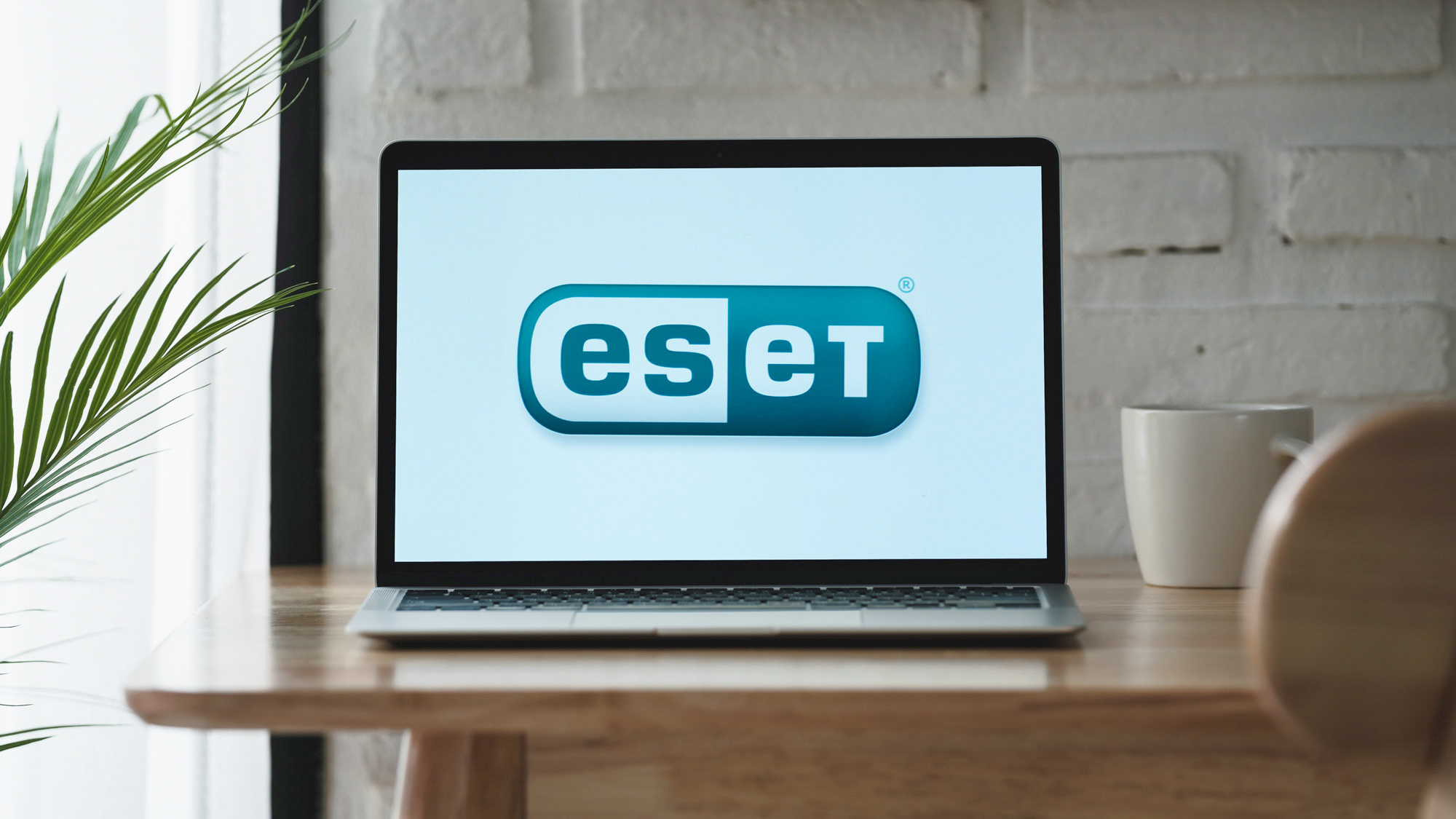
ESET review
By John Brandon Published
-
Explore Online Security
Antivirus
-
-

ESET review
By John Brandon Published
-
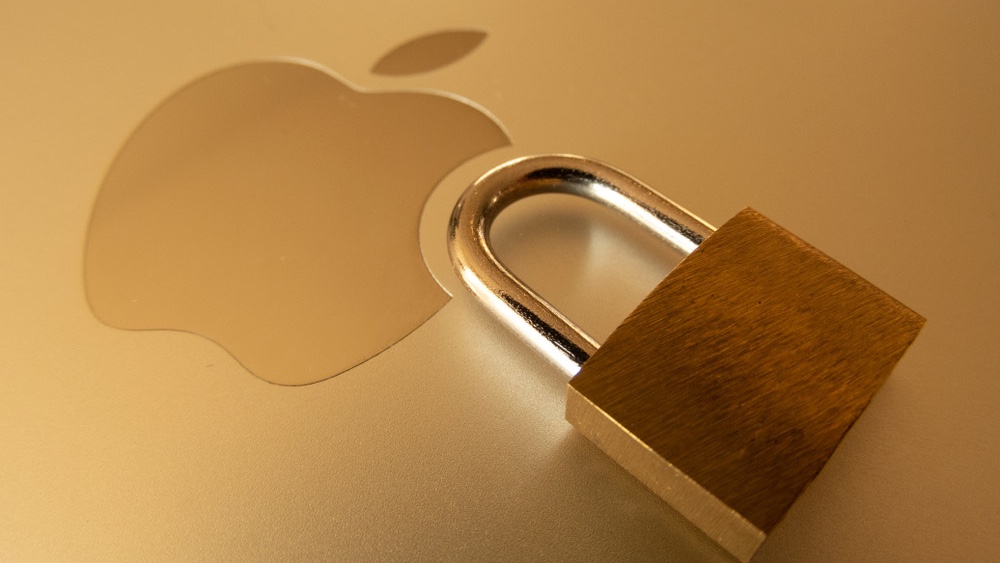
The best Mac antivirus software in 2025: our top five picks
By James Rivington Published
-
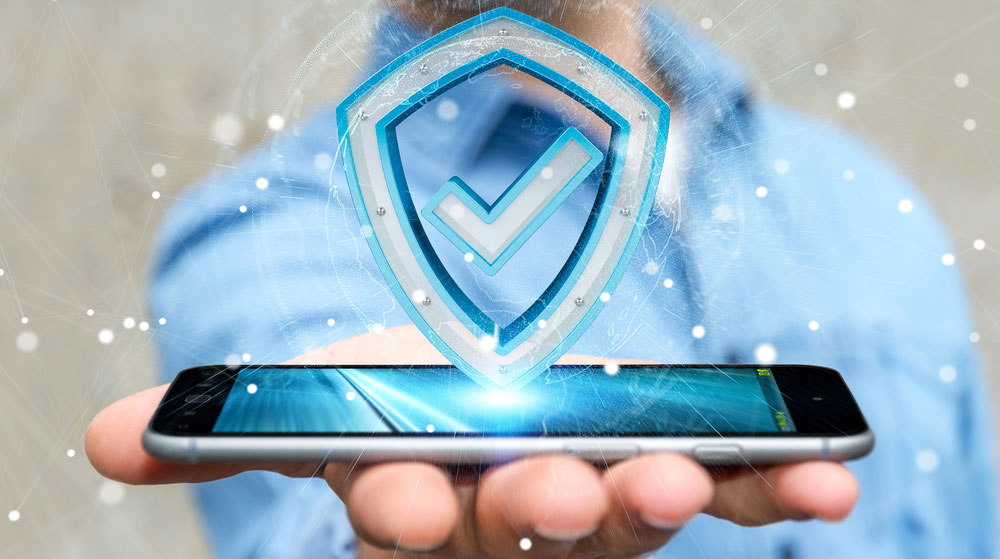
The best Android antivirus apps in 2025: our top five picks
By James Rivington Published
-

The best antivirus software 2025: our top five picks
By James Rivington Published
-
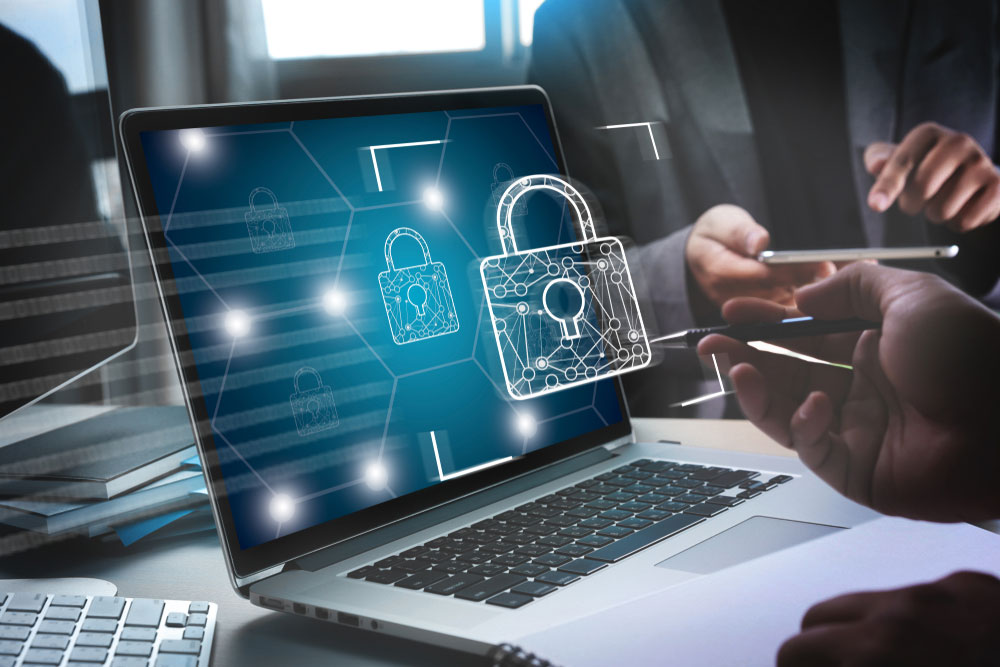
I’m a security editor, and this is the antivirus I would buy with my own money
By Amber Bouman Published
-
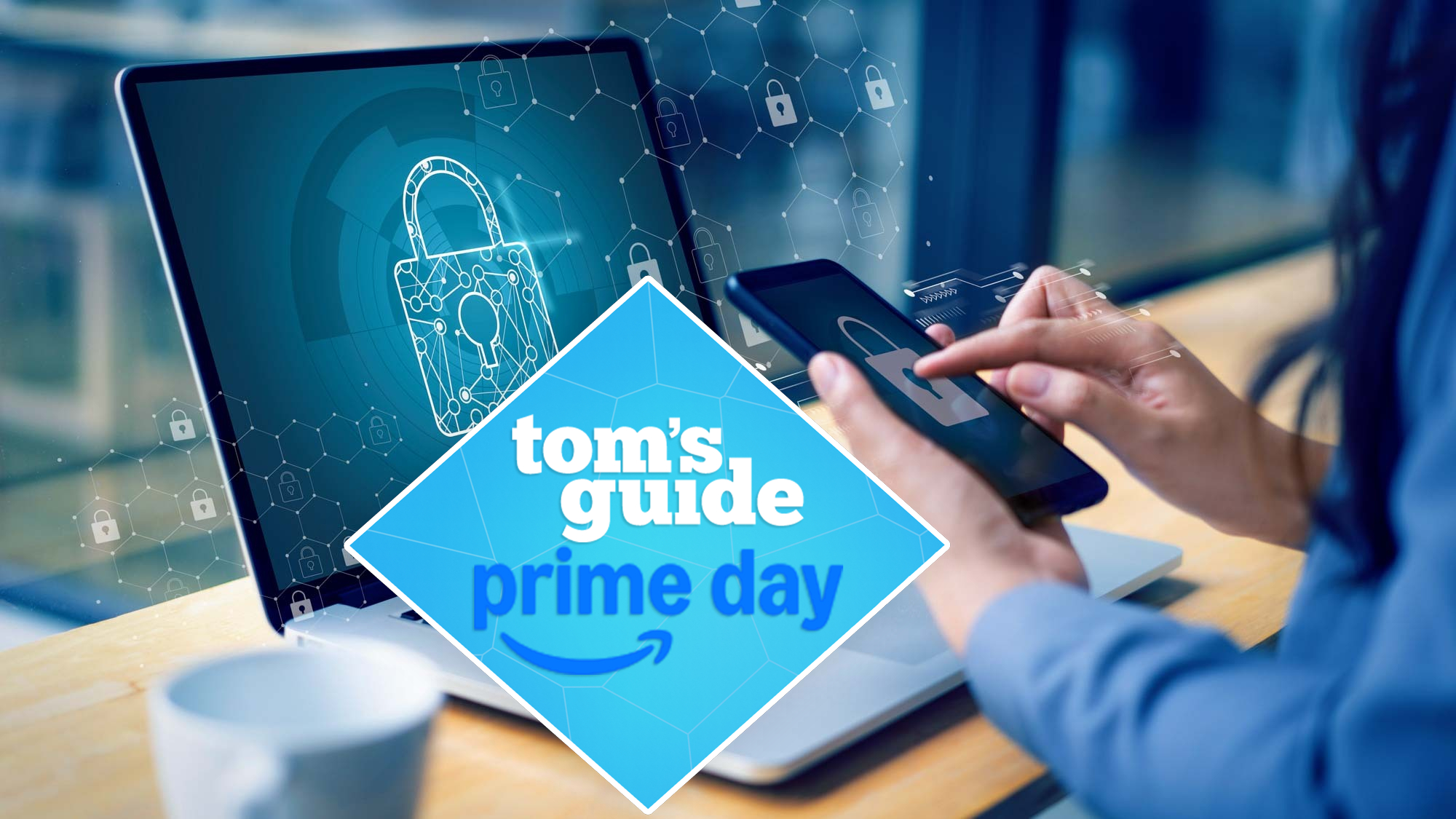
Hurry to get the best Prime Day antivirus deals: 9 heavily discounted security suites to keep you safe online
By Amber Bouman Last updated
-

The best antivirus software 2025: Tested and reviewed
By Amber Bouman Last updated
-
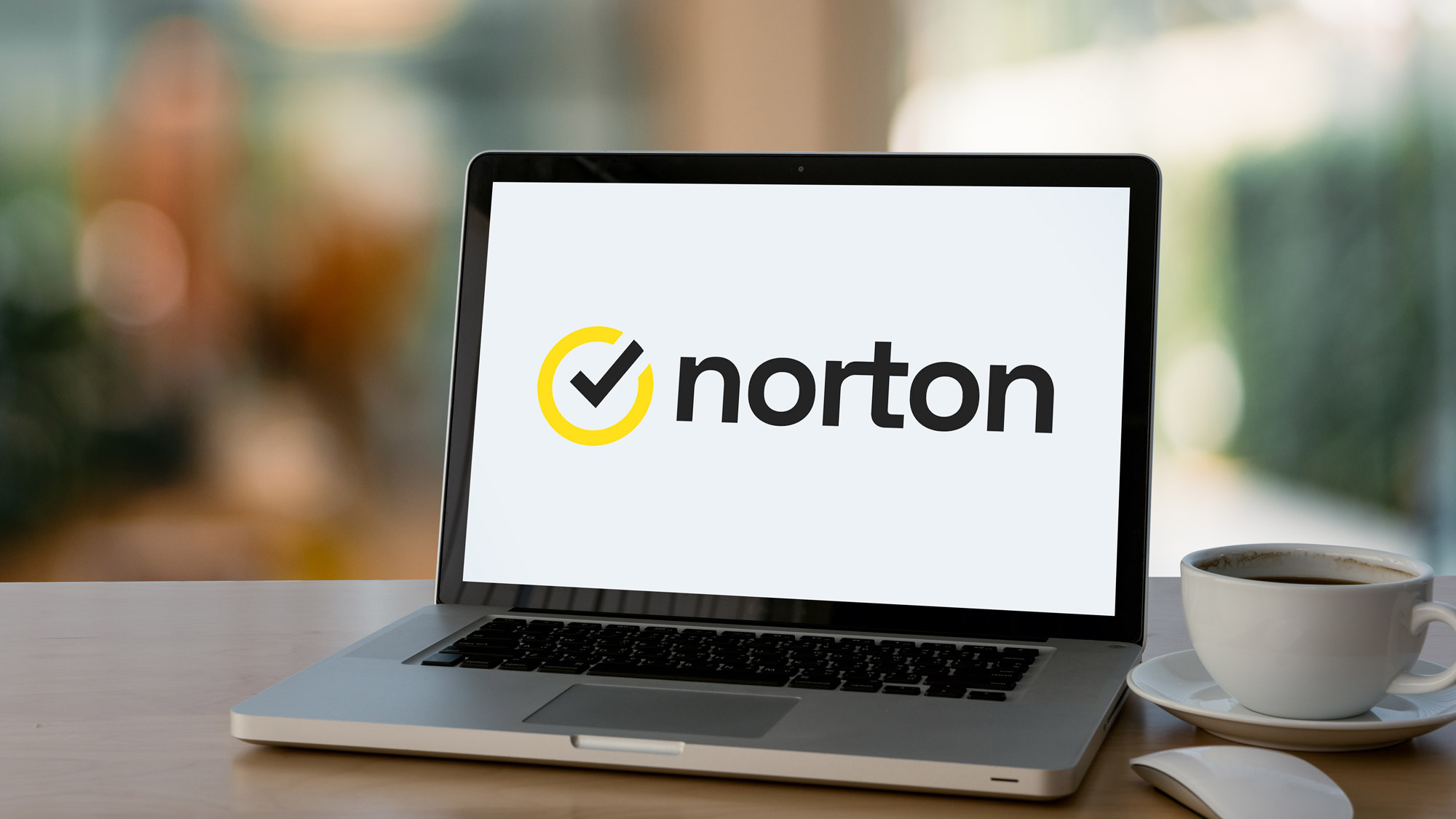
Norton 360 Deluxe antivirus review
By John Brandon Published
-

The best Android antivirus apps in 2025
By Amber Bouman Last updated
-
Identity Theft Protection
-
-

The best identity theft protection services in 2025
By Anthony Spadafora Last updated
-
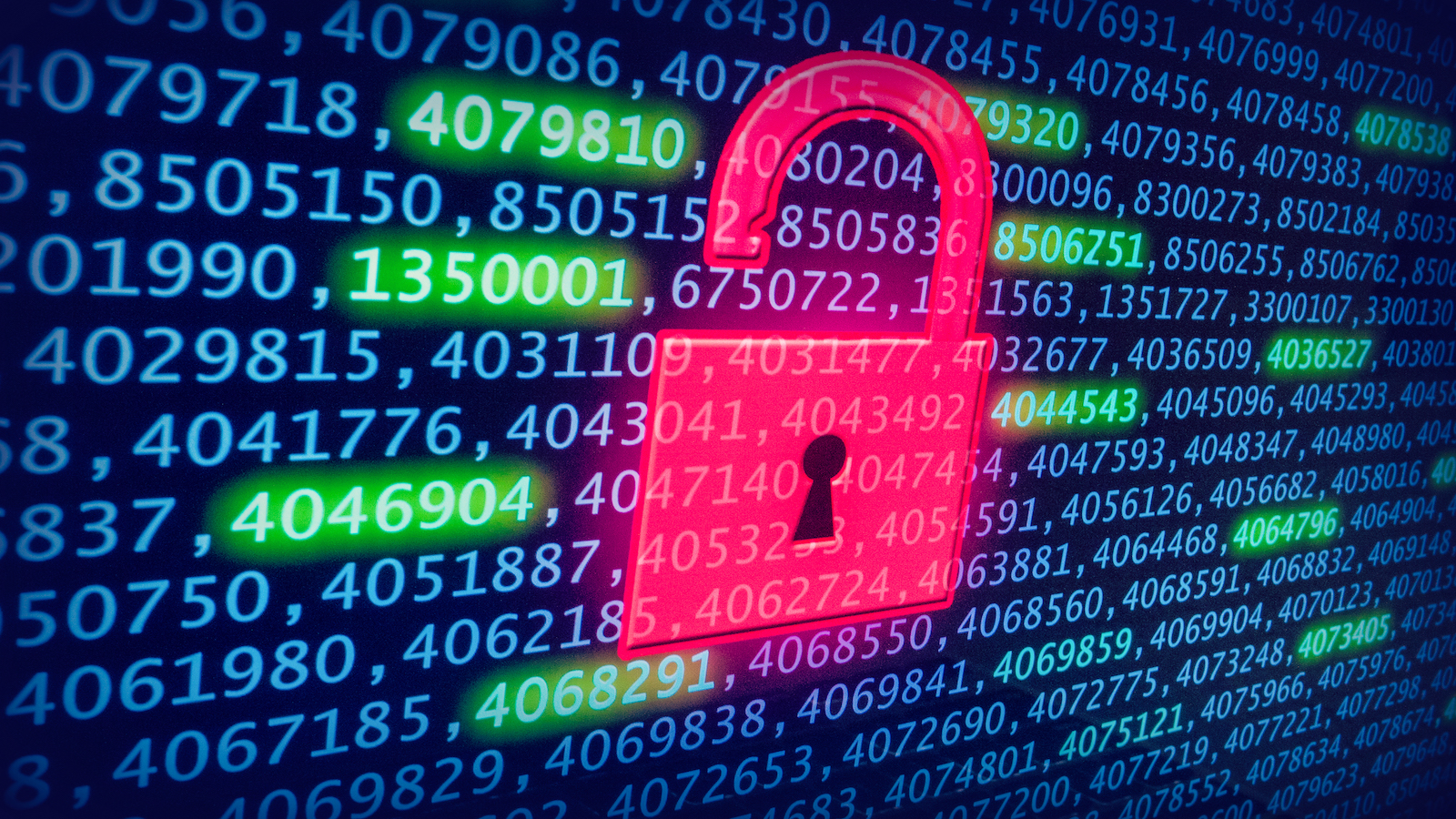
Over half a million people impacted by major data breach — full names, SSNs, financial data and more exposed
By Anthony Spadafora Published
-

What to do if you’ve been gift card scammed
By Amber Bouman Published
-

1.6 million hit in massive insurance data breach — full names, addresses, SSNs and more exposed
By Anthony Spadafora Published
-

Aura identity theft protection review
By Brian Nadel Last updated
-
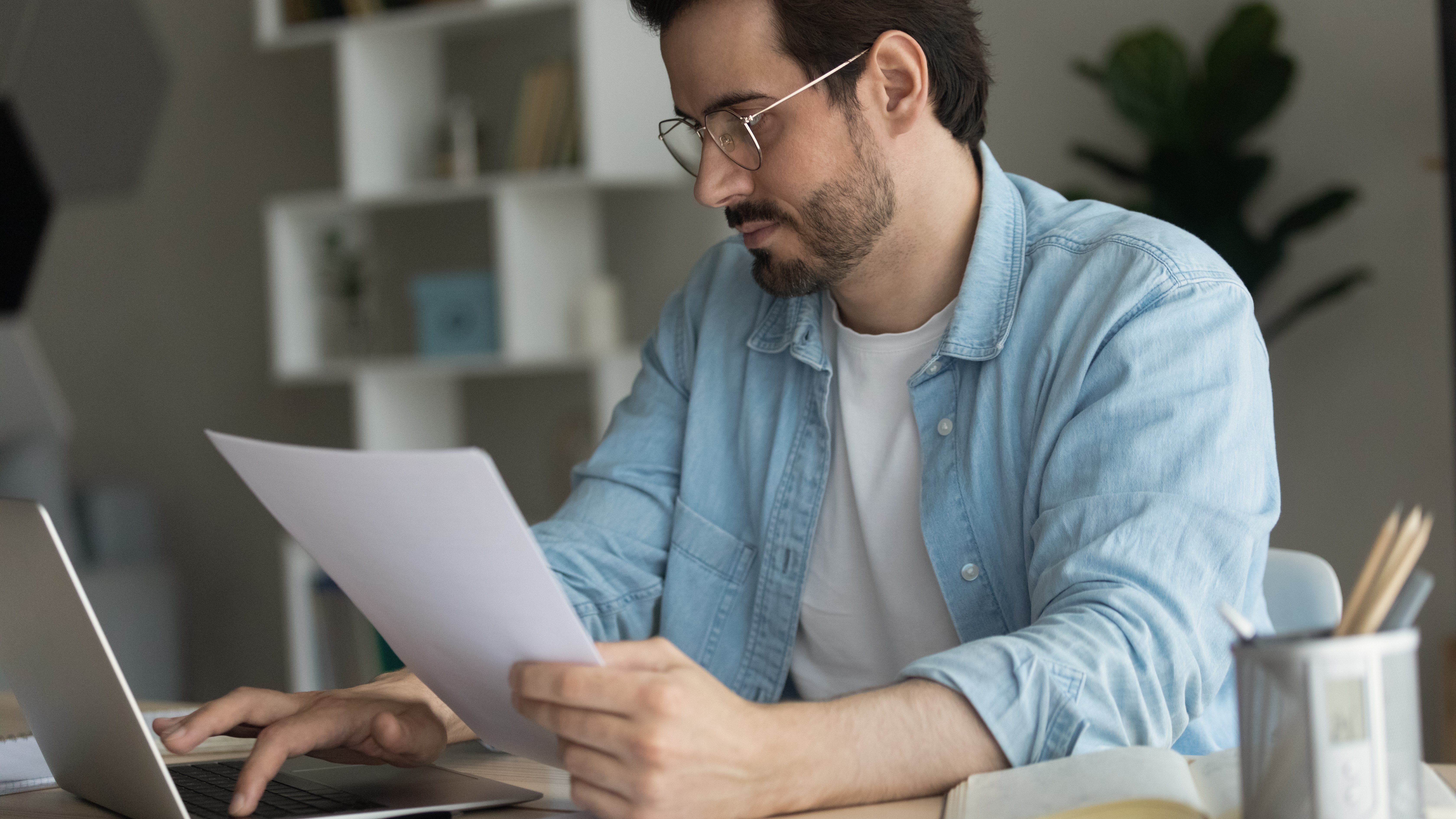
AI-powered tax scams are here - how to stay safe from deepfakes, phishing and more this tax season
By Amber Bouman Published
-

Your Social Security number is a literal gold mine for scammers and identity thieves — here’s how to keep it safe
By John Brandon Published
-

Half a million teachers hit in major data breach with SSNs, financial data and more exposed — what to do now
By Anthony Spadafora Published
-
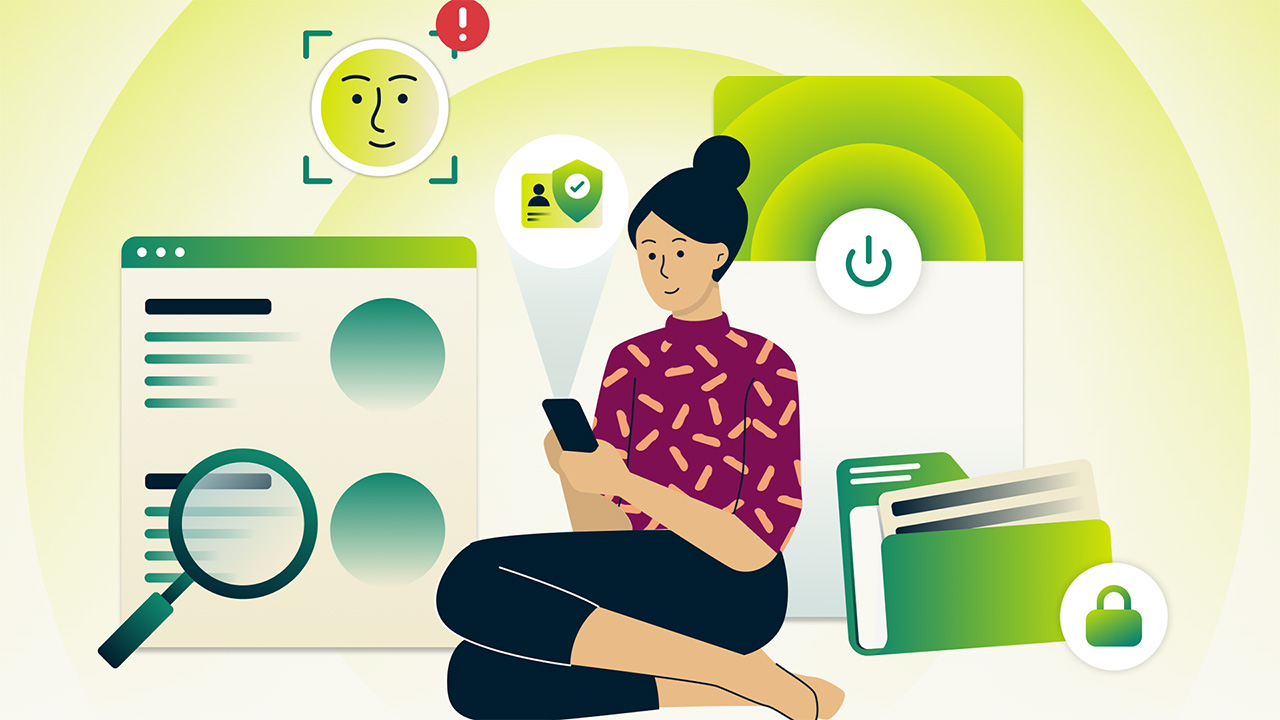
What is ExpressVPN's Identity Defender?
By Aleksandar Stevanović Published
-
Malware & Adware
-
-

This new Android banking trojan can automatically transfer money off your phone to hackers
By Anthony Spadafora Last updated
-

Macs under attack from ‘cracked’ apps spreading dangerous info-stealing malware — don’t fall for this
By Anthony Spadafora Last updated
-

Google wants to fight Android malware by making sideloading more difficult — here's how
By Amber Bouman Published
-

Dangerous Android banking trojan found lurking in malicious apps with 19 million installs — don’t fall for this
By Anthony Spadafora Published
-

Booking.com phishing scam is infecting users with malware by using lookalike URLs — don't fall for this
By Amber Bouman Published
-

This Android spyware is posing as an antivirus app to steal your photos and passwords — how to stay safe
By Scott Younker Published
-
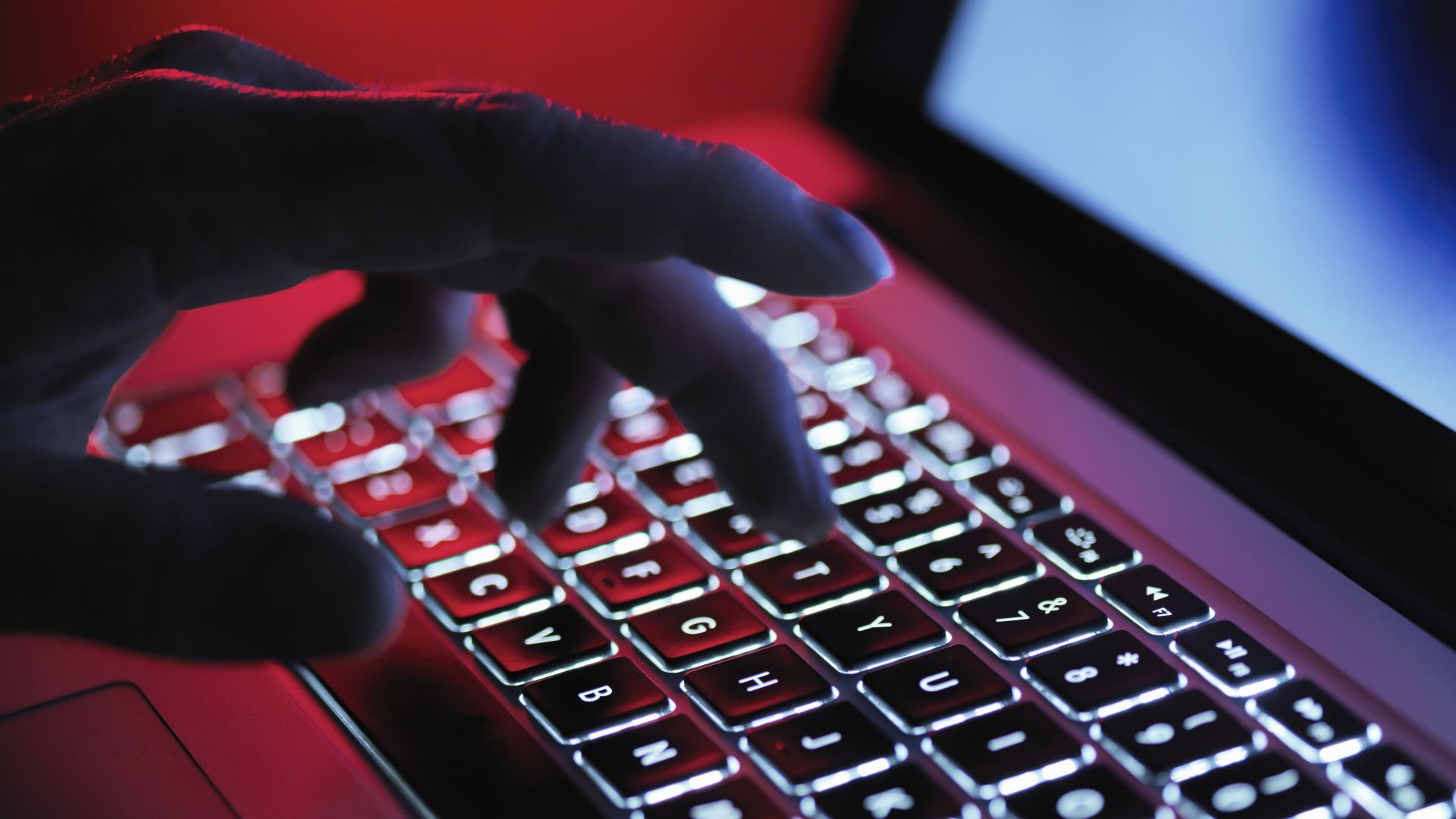
200,000 passwords, credit card data and more stolen by this dangerous new malware — how to stay safe
By Anthony Spadafora Published
-

More than 250 malicious apps are spreading info-stealing malware on Android and iOS — delete these right now
By Anthony Spadafora Published
-
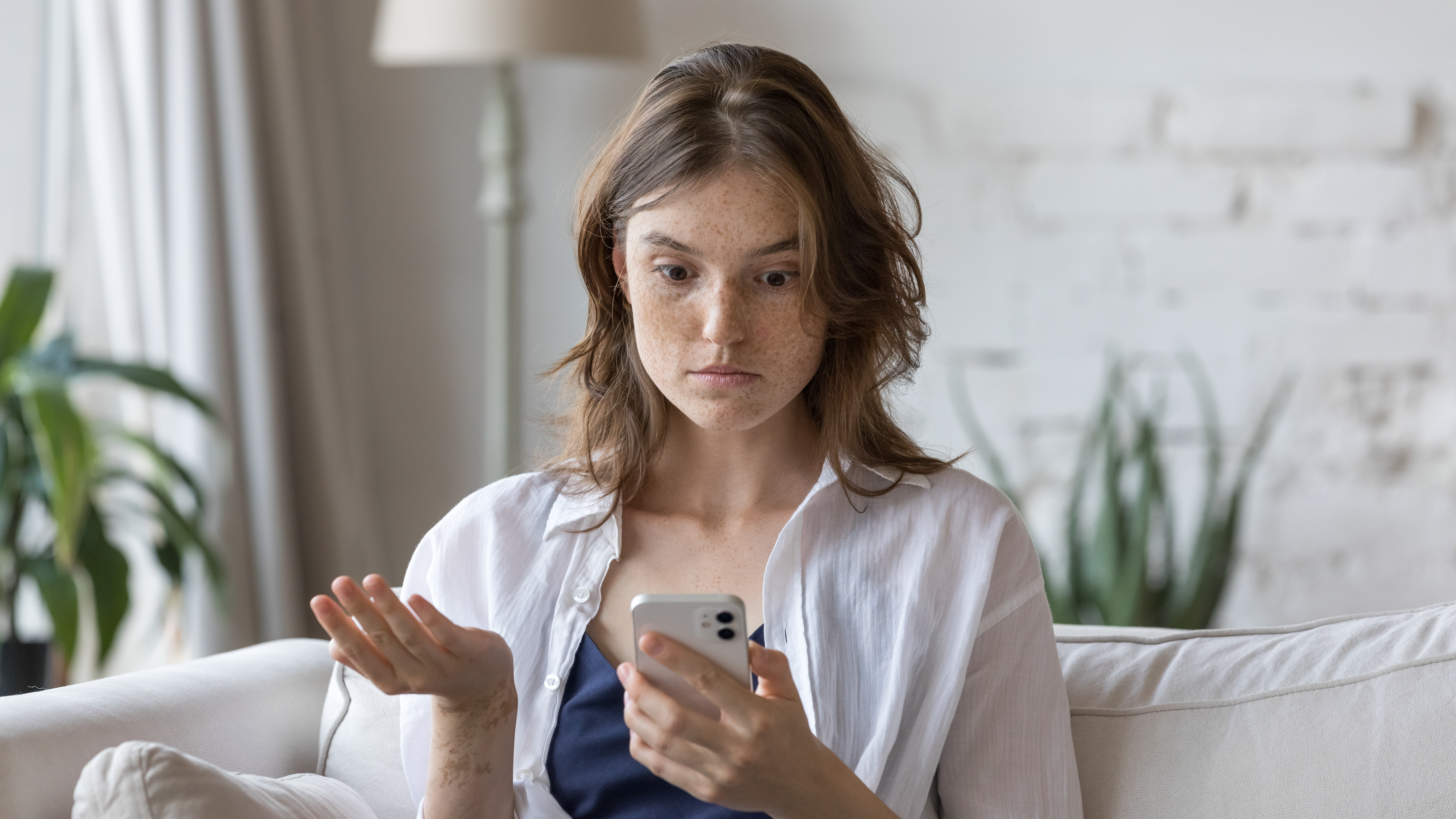
12 signs your phone has been hacked — and what to do next
By Amber Bouman Published
-
Parental Controls
-
-

How to track your kids screen time — and the best tools to do it
By Kaycee Hill Published
-

Apple just announced 5 big upgrades to protect your kids online — here's what's coming
By Philip Michaels Published
-
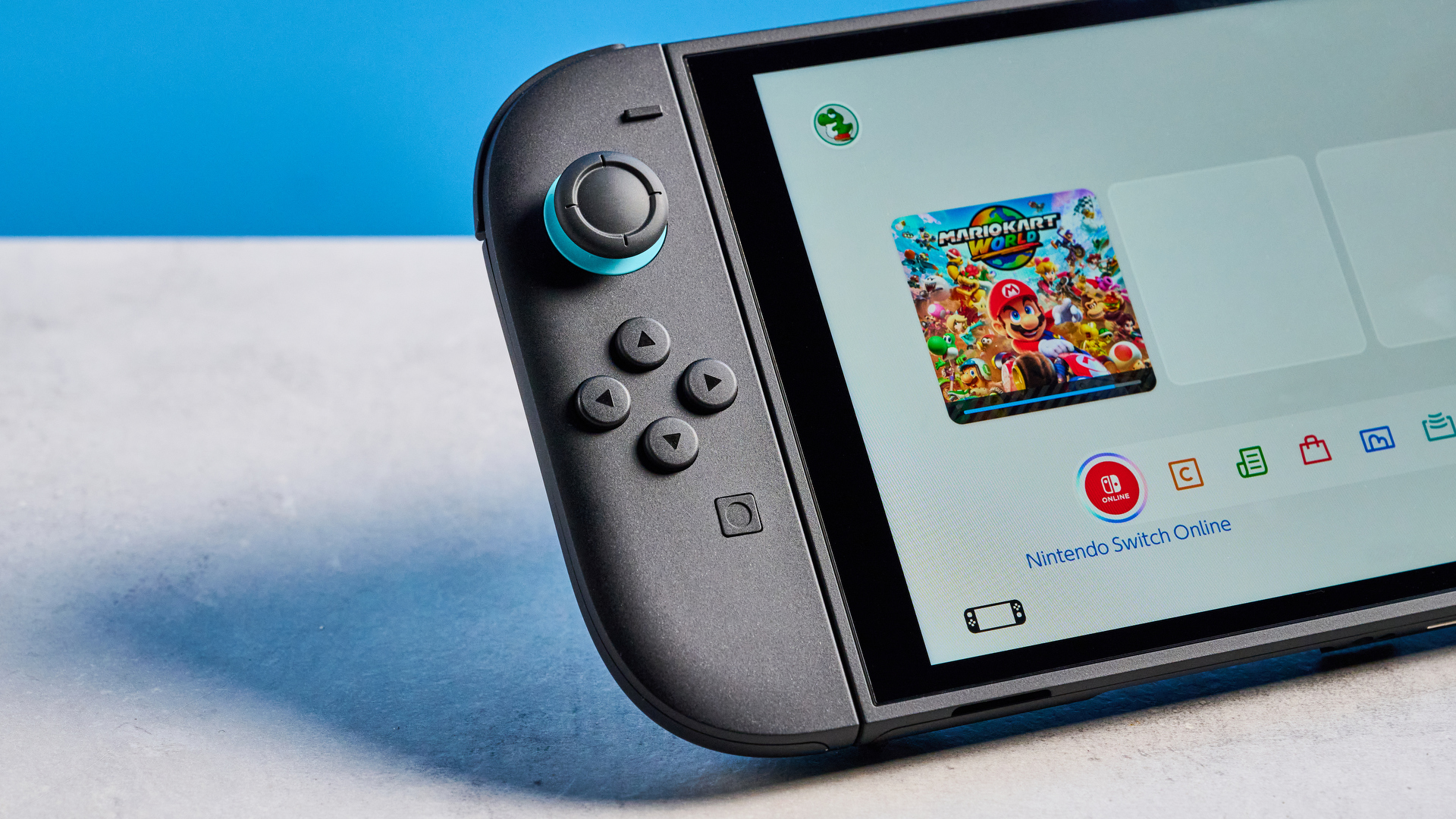
How to set up parental controls on Nintendo Switch 2
By Kaycee Hill Published
-
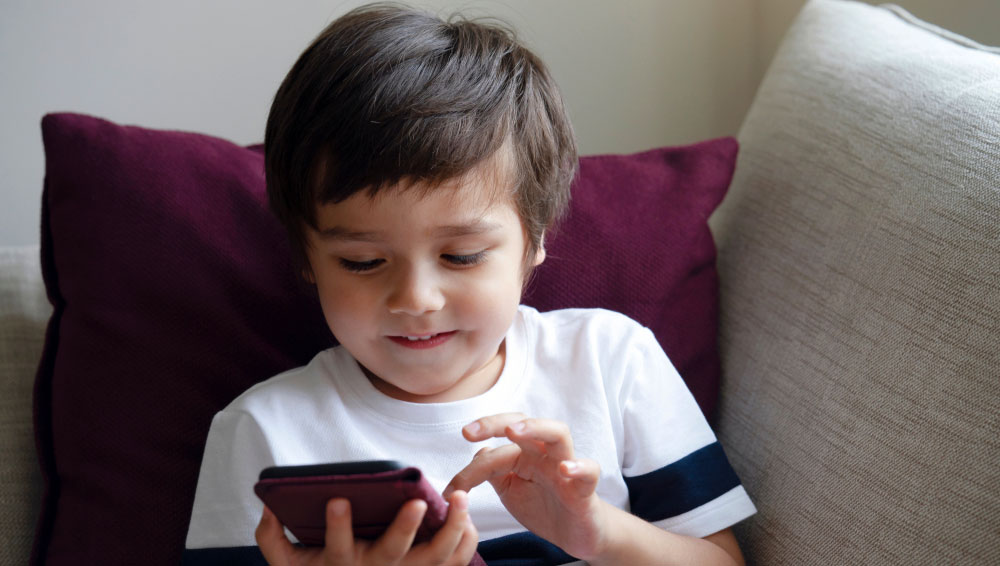
The best parental control apps for Android and iPhone 2025
By Anthony Spadafora Last updated
-

Get the most out of your new Xbox with a gaming VPN
By Olivia Powell Last updated
-
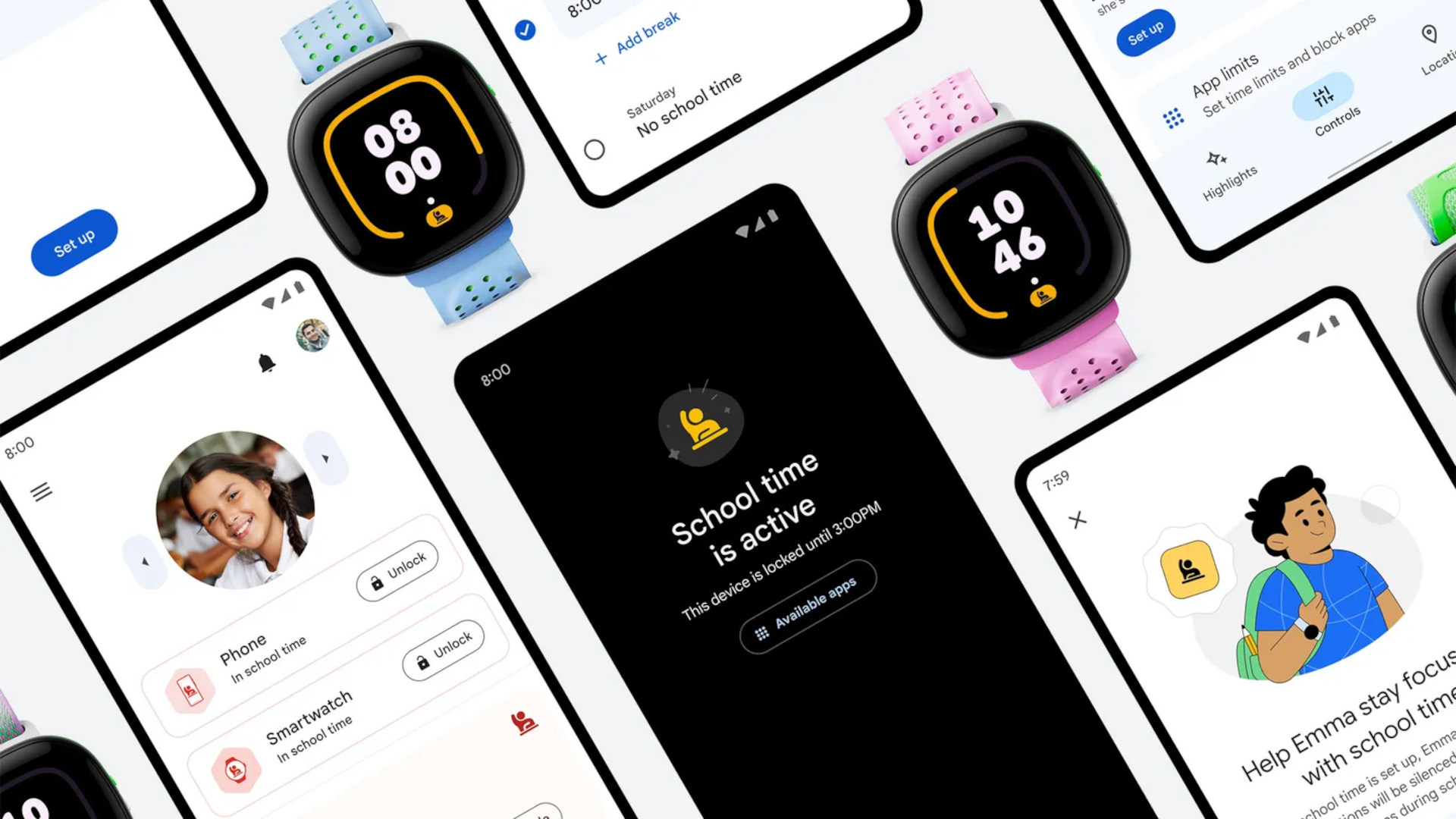
Google's School Time feature expanding to more devices — parents need to know about this
By Josh Render Published
-
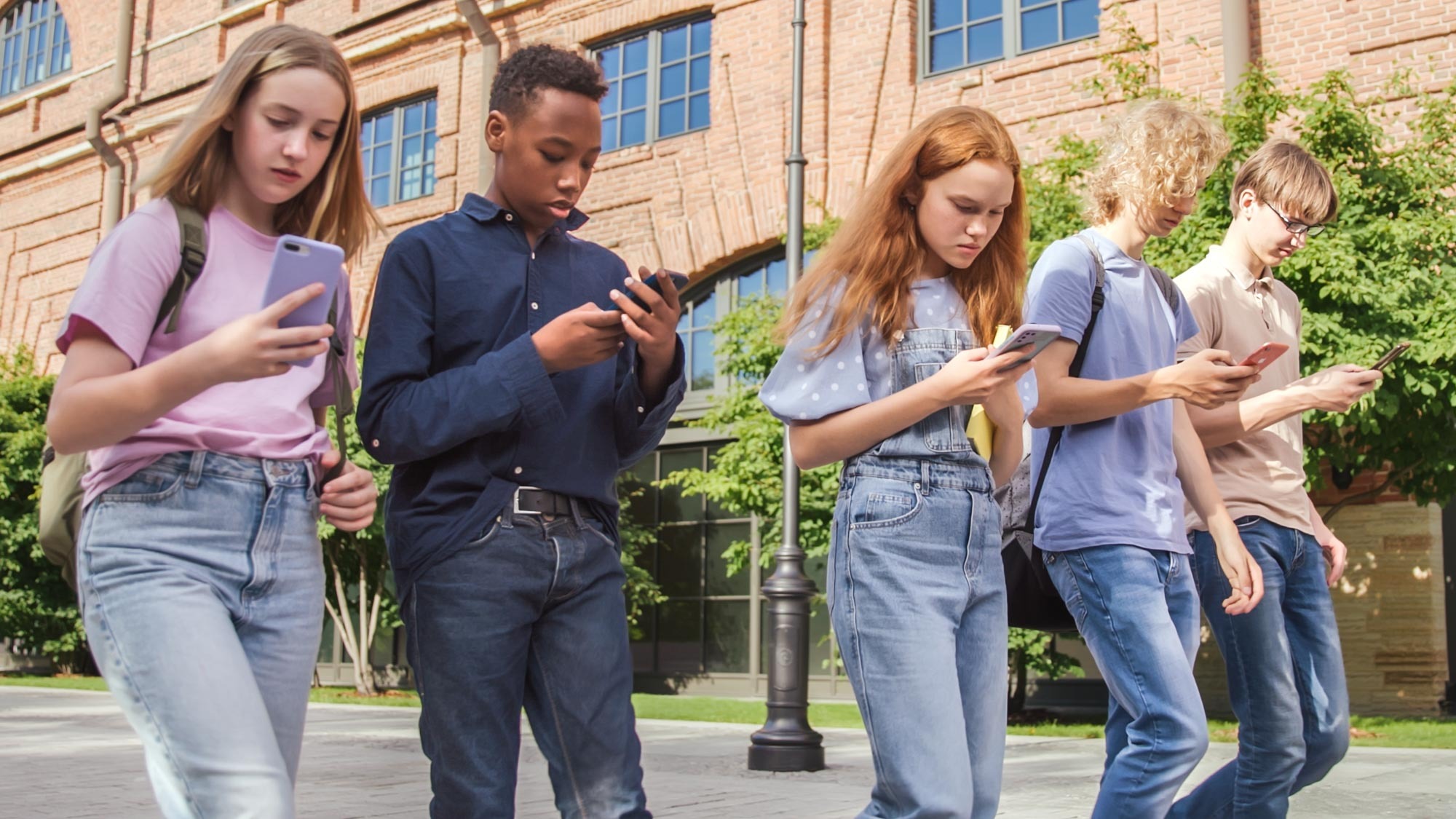
Android phones are getting a powerful parental control upgrade
By Alan Martin Published
-
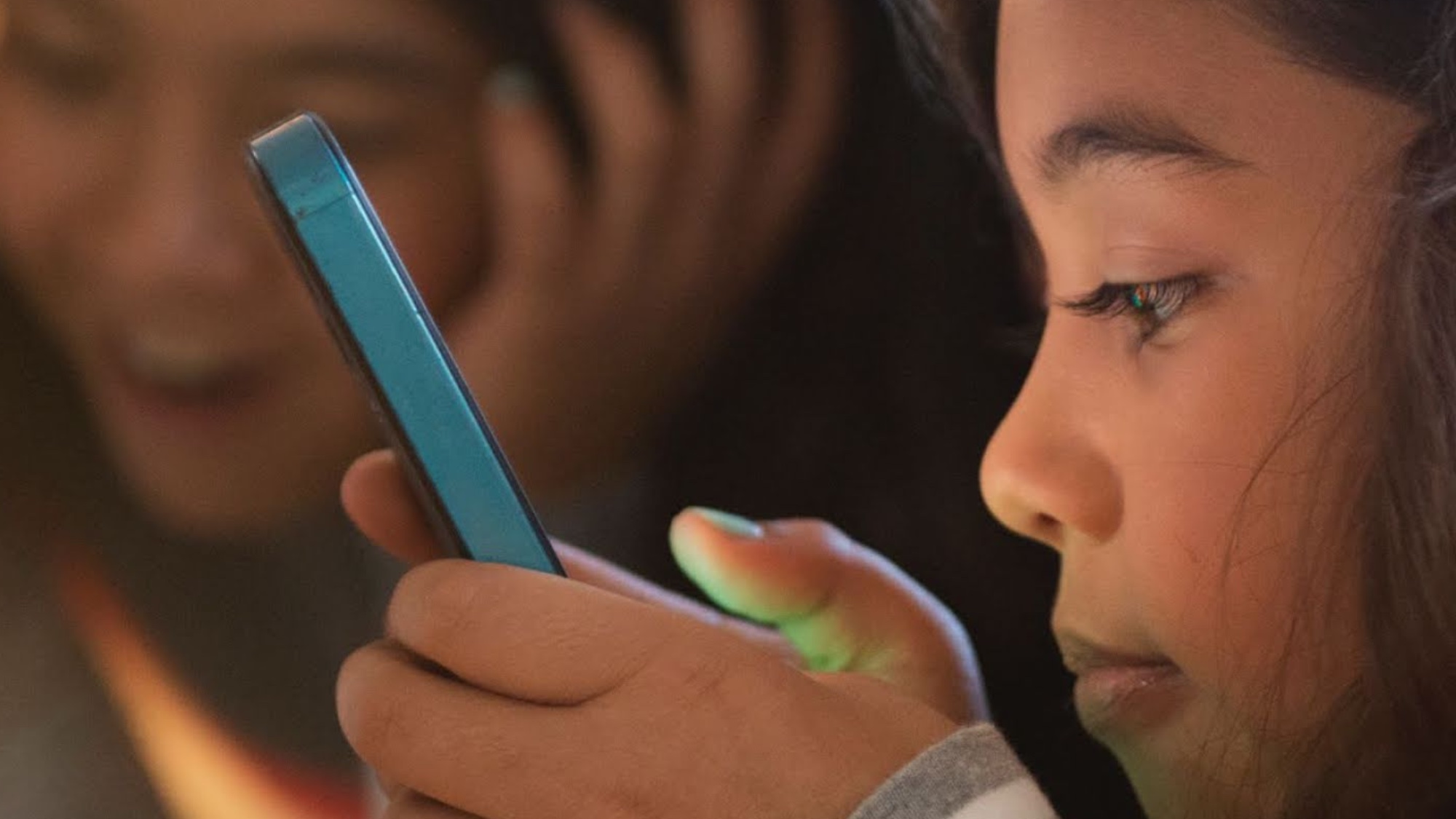
How to set up Google Family Link on iPhone
By Tom Pritchard Published
-
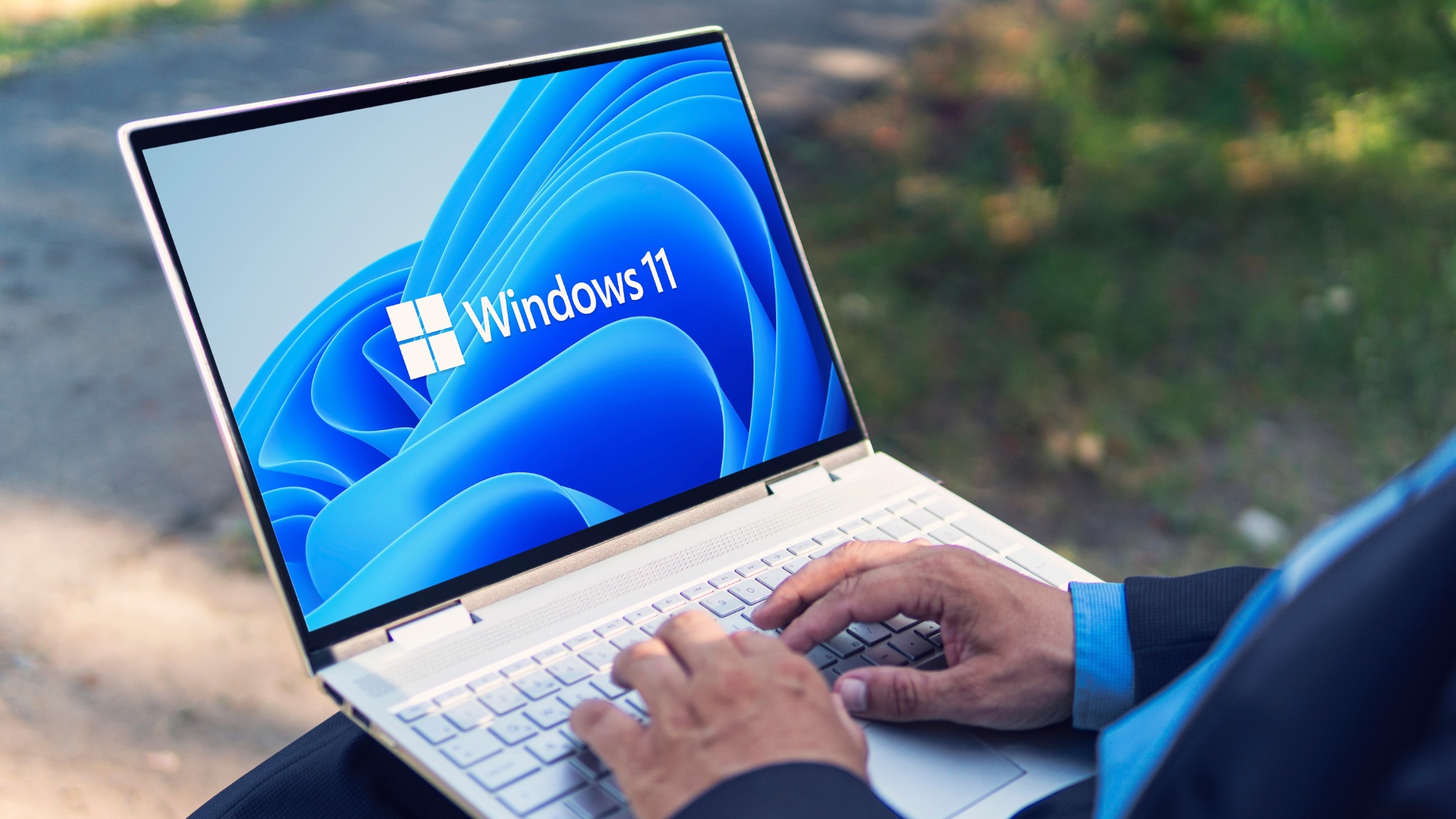
How to set up parental controls on a Windows 11 PC
By Alex Wawro Published
-
Password Managers
-
-

The best password managers in 2025
By Anthony Spadafora Last updated
-
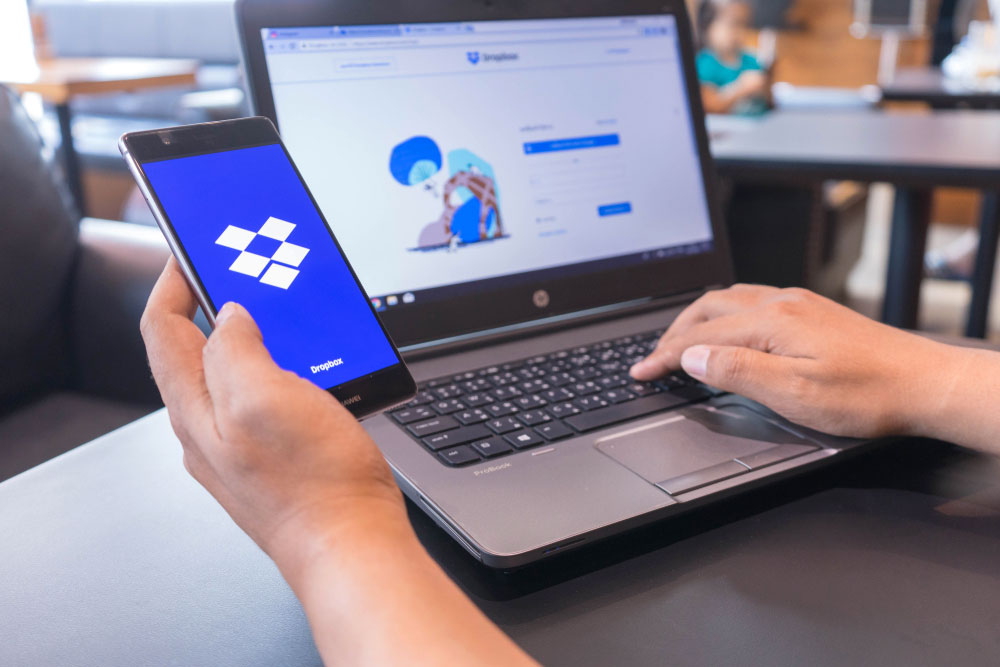
Dropbox Passwords is shutting down — what you need to do
By Amber Bouman Published
-
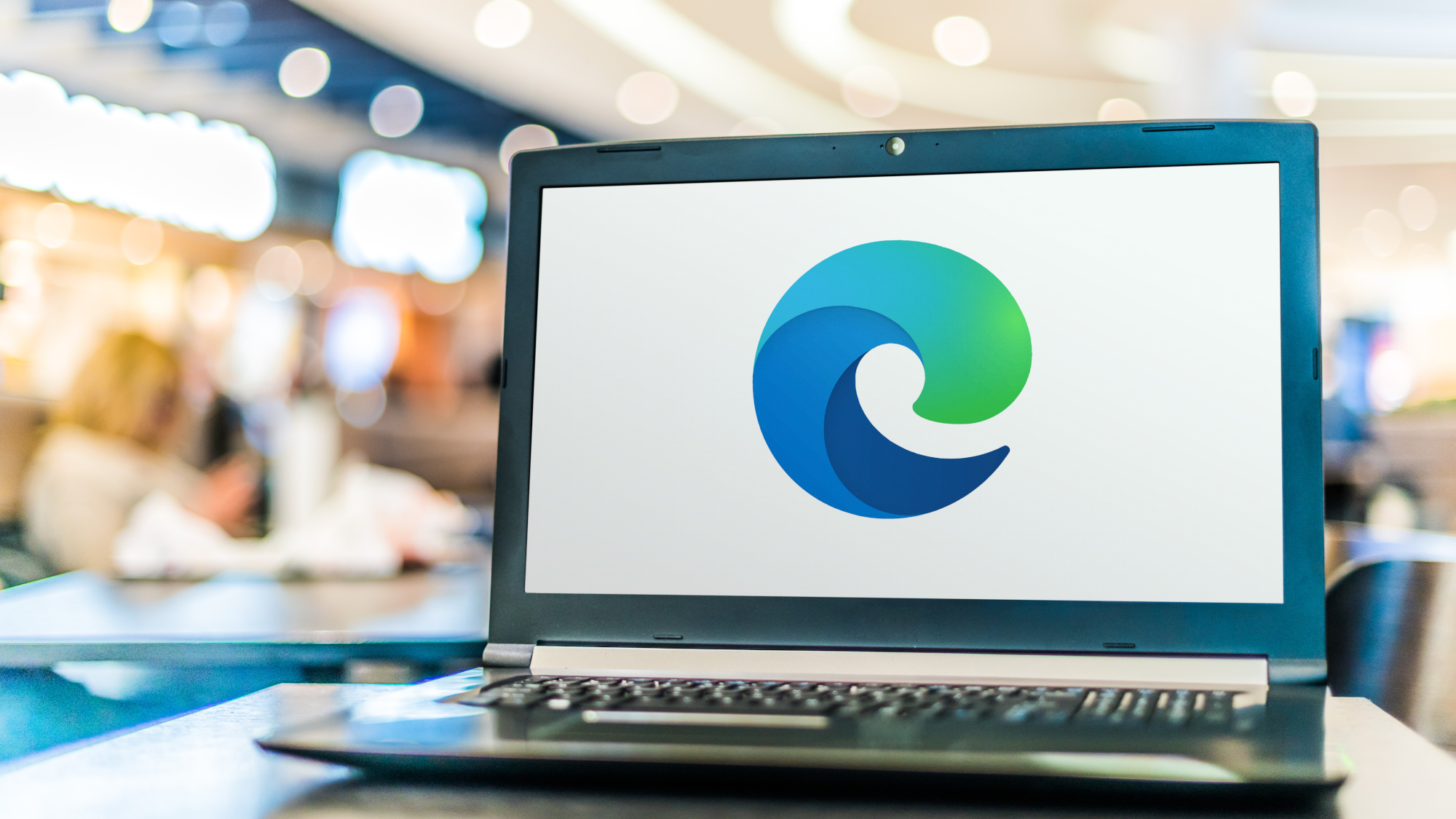
Microsoft Authenticator will shut off the password autofill feature in July — here’s how to save them
By Amber Bouman Published
-
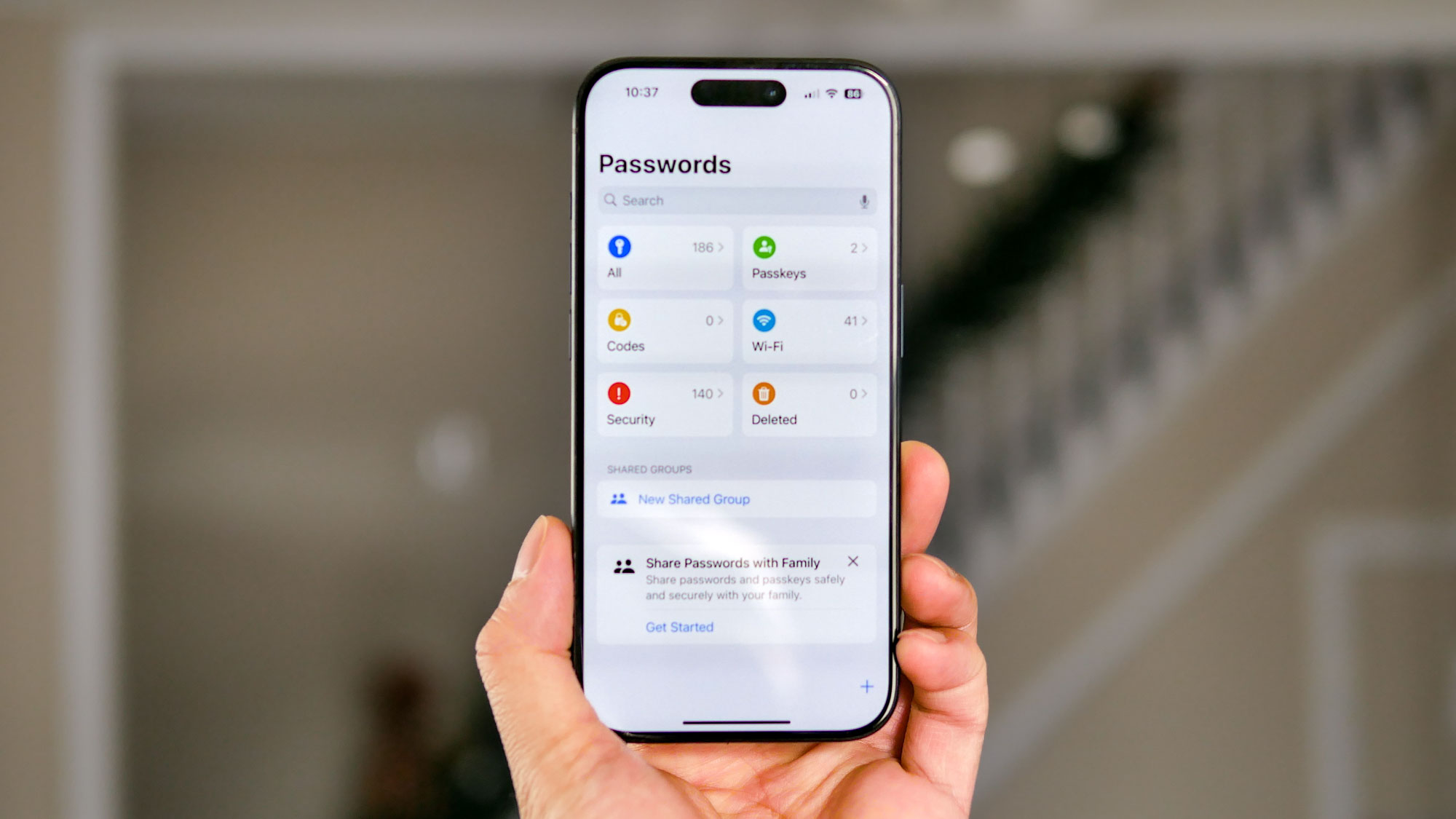
Apple Passwords password manager review
By Emily Long Published
-
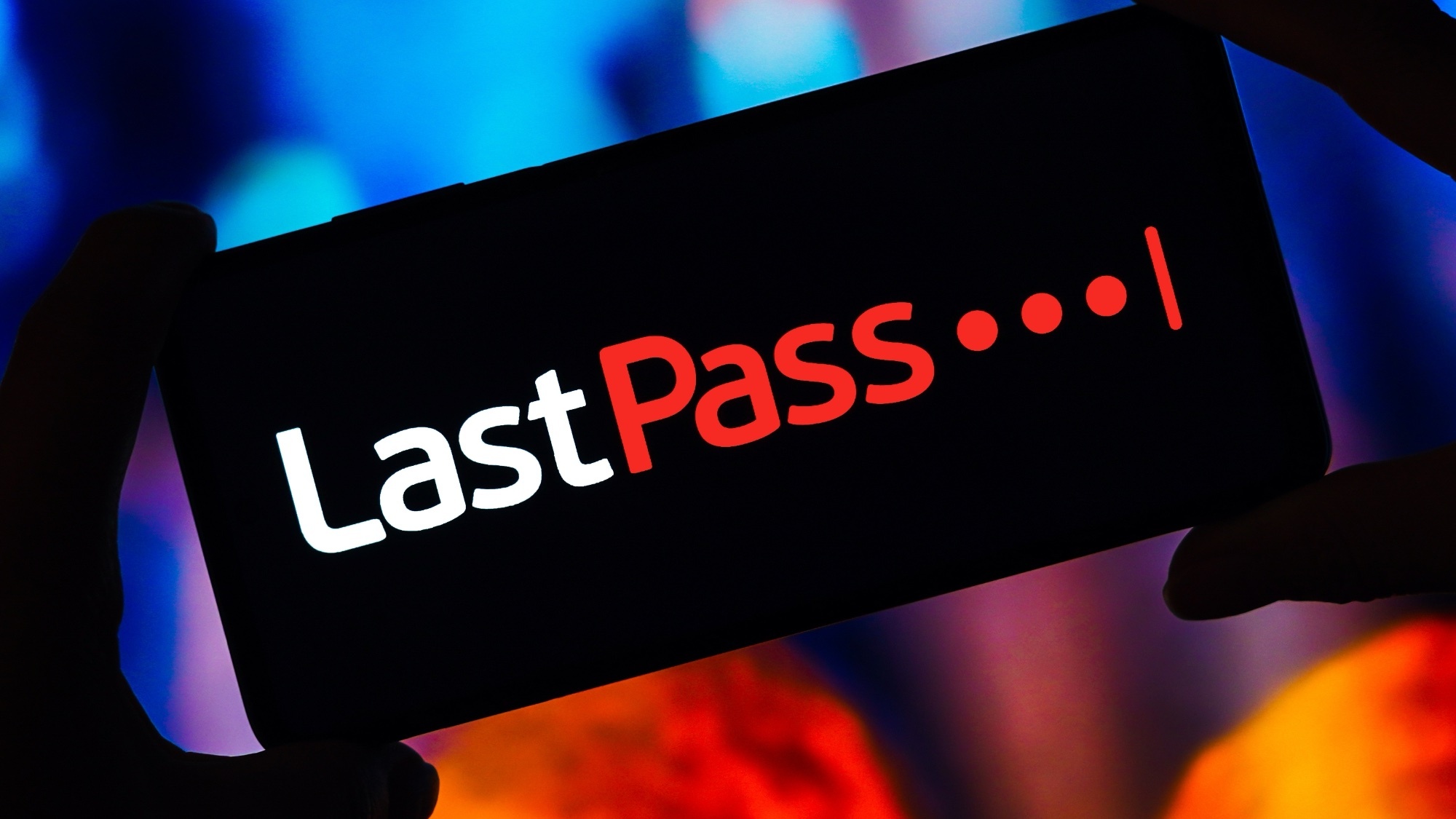
Millions stolen from LastPass users in massive attack — what you need to know
By Anthony Spadafora Last updated
-

Proton Pass password manager review
By Emily Long Published
-

Google just made a huge step in killing off passwords for good
By Tom Pritchard Published
-
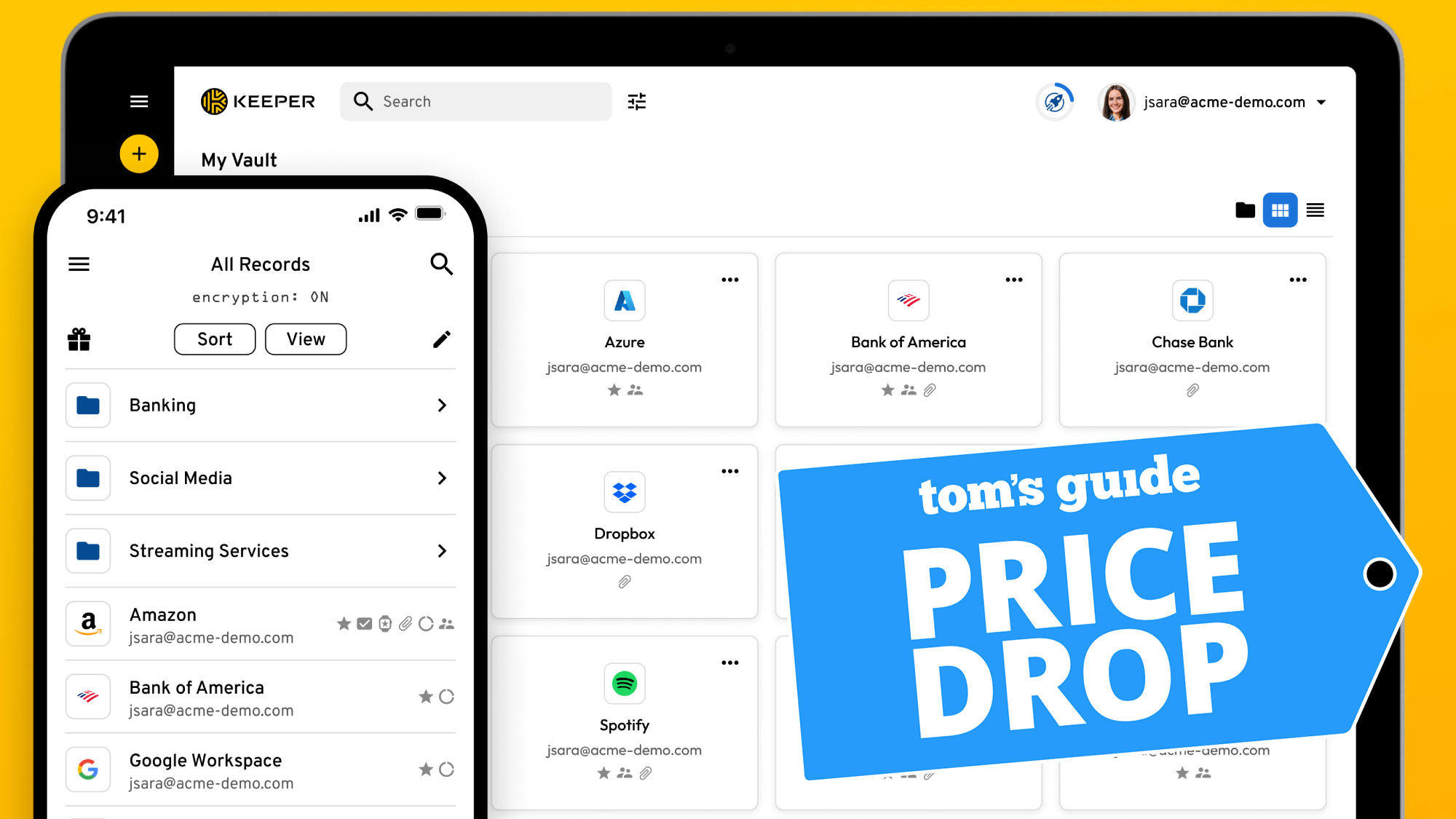
Hurry! Save 50% on this top-rated password manager
By Louis Ramirez Published
-

Hurry! One of our top password managers is 50% off right now
By Louis Ramirez Published
-
